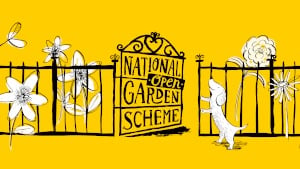About 64 Carr Wood
This garden was a wedding present to David’s parents Mr & Mrs John Booth from Mrs Booth’s father William Clibran. It is in the style of a small park, backing on to the Bollin valley, a miniature version of Mr Clibran’s own and planned for maximum effect in Spring. Whilst the original landscaping has been retained extensive renovations and significant changes have been introduced, and an extended variety of shrubs providing year-round colour.

.jpg)


.jpg)
.jpg)
.jpg)

.jpg)
.jpg)
.jpg)
.jpg)